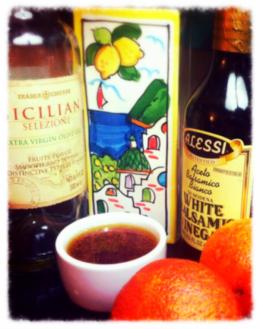Recipes are a bit of a favourite for nutrition professionals to add to blogs or web-sites , but this can open a pretty large can of high protein worms if not doing so sensibly.
The area of recipes is a tricky one when it comes to “who owns a recipe” or when considering copyright. Can anyone ever say they “own” a recipe or have created it completely from a blank canvas? Ultimately all recipes, in my opinion, have likely been adapted from somewhere. It may from methods and ingredients passed down through generations or an advanced version of the basic cooking skills/recipe collections you may have gained as a child. It might just be from cooking a dish for years , with adaptations made to suit your taste.
How many of us have read a recipe and thought “wow, that’s MY recipe for (insert dish here)”!! ? For basic meals/recipes, often ingredient lists and instructions are very similar.
Nonetheless, with the number of recipes being posted on the internet now, the issue of copyright has to be considered. In the past, we used to go by the theory that you could “just change a few ingredients” and all would be ok. I recall the many diet sheets with recipes, produced in clinical roles, to hand out to patients. Many of the recipes there were “just slightly tinkered with” and probably on dodgy ground.
Copyright laws in each country are slightly different. I would recommend looking on-line for the ones that apply to your own. You may find that it is ok to reproduce some aspects, like ingredient lists and general directions, but a no-go to copy photographs or elaborate instruction. Have a look.
What I would recommend, having read a
conglomeration of these laws, is:
- Don’t copy a published recipe word for word
- Its common courtesy to attribute the recipe if it is someone else’s (ask permission if possible)
- Make sure you mention if the recipe is adapted from someone else’s, attribution is really important
- Try the recipe yourself and write it as you have made the dish
- A list of ingredients itself is often not copyrighted
- Never copy photographs or accompanying illustration/text
- If you have made huge adjustments you can possibly say it’s yours (some say 3 ingredients)
- These need to be reasonable and legitimate changes, not just to “nick a recipe”
The main thing is to not copy and to always attribute, that way you should stay out of trouble. It’s quite difficult if you have recipes for basic staples and old fashioned things like sauces, jams, pastry, a sponge etc where ingredients are often standard; but just make sure your try your best to do the right thing when it comes to recipe blogging.
Would love to hear anyone’s views/tips or experiences in recipe blogging.


